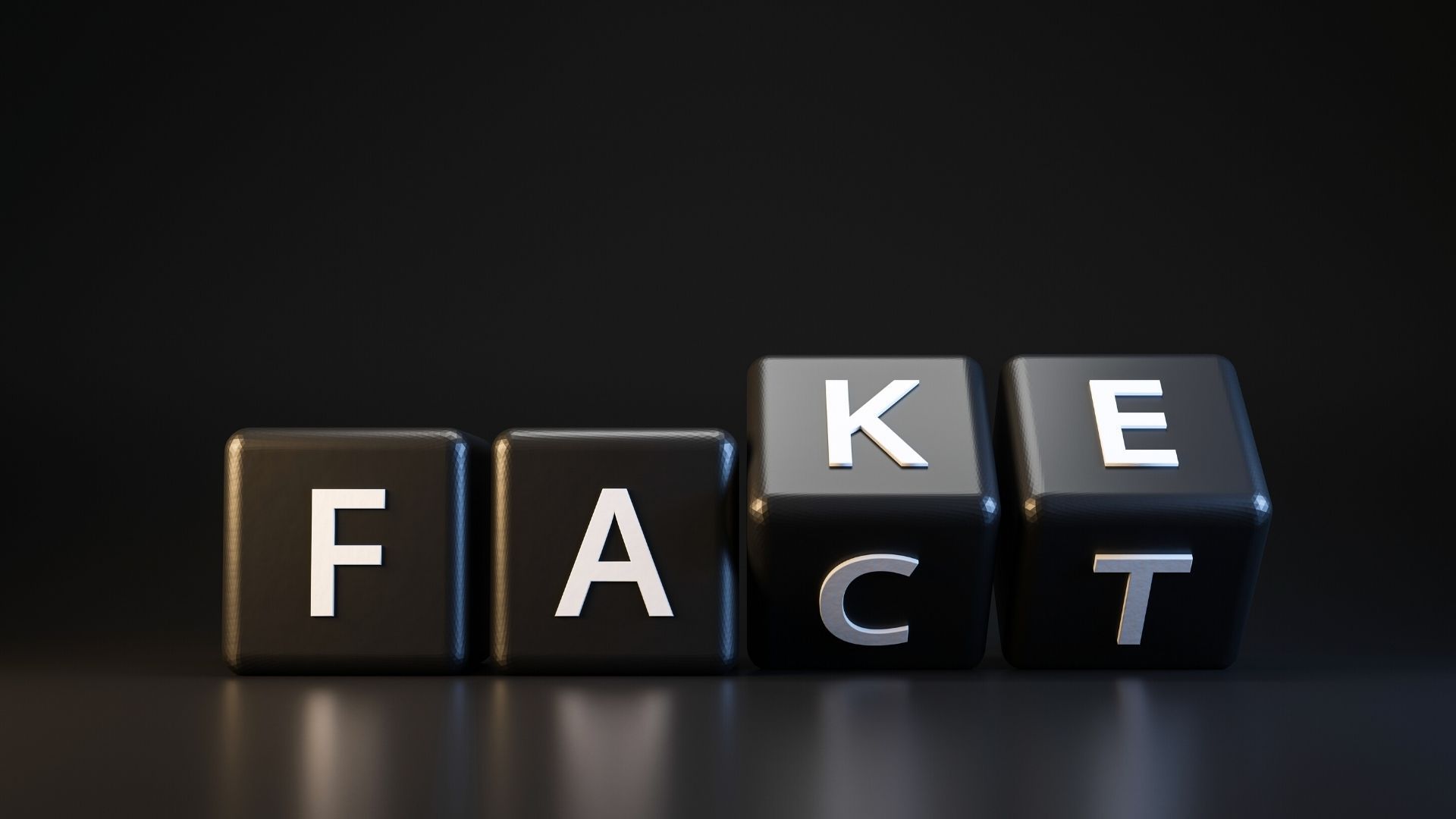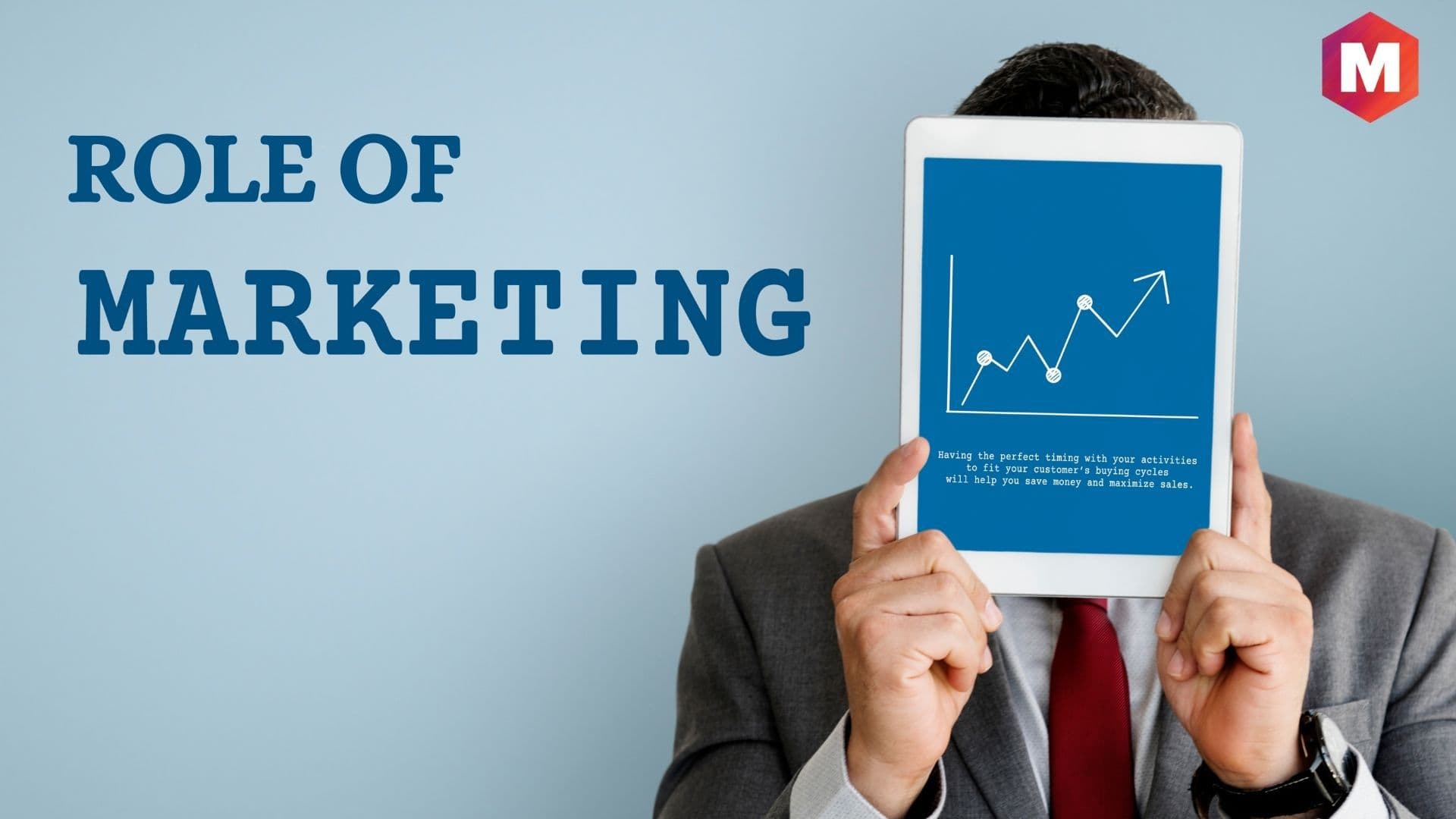How Marketers Manipulate Prices?
How Marketers Manipulate Prices?
When it comes to pricing policy, marketers tend to play with consumer psychology. Marketers play a huge role in repackaging the same price and making it look attractive. For instance, marketers are well aware of the fact that there are certain buzzwords such as “free,” “buy one get one” and “limited period offer” which get the customers excited. Marketers have observed that in the excitement even the most rational consumers end up making sub-optimal choices. In this article, we will have a closer look at some of these pricing strategies which are commonly used to manipulate consumers.
How Customers Make Buying Decisions?
Under normal circumstances, customers compare the price they are paying for the product with the benefit that they are getting from the product. If customers think rationally, they often end up buying the correct product. Hence, marketers who are selling inferior products have to short-circuit the brain of the rational minded consumer. The strategy is to flood the brain of the rational consumer with emotions of greed and fear of loss. Unlike rational decisions, emotional decisions are taken in the spur of the moment and are often the wrong decisions.
A couple of legal but questionable marketing practices which rely on the fact that consumers are not making careful choices have been explained in this article.
The “Free” Hoax
Marketers have traditionally used the word free in order to coax the customers to loosen their wallets and buy more products. The customers intuitively know that there is nothing free about any product. If it were free, the seller would have to pay its price and take a loss. However, that is not the case most of the times.
The usual marketing strategy is to offer a product or service which is not commonly sold free of cost. Hence, a hot selling product with an increased price is paired with a slow-moving item. Marketers realize the fact that if the two items were sold individually at the same price, people would not buy the slow moving item. However, when they hear the word “free,” it has certain positive connotations. The word “free” makes consumers underestimate the cost and exaggerate the benefits of any product or service. Marketers have conducted studies which verify this claim. They offered a hot selling chocolate brand and a slow-moving chocolate brand for the same price. In this case, the consumers obviously purchased the better selling brand. However, in the next case, the marketers just provided a free candy worth $0.01 with the slow-moving chocolate brand. In this case, customers chose the slow-moving chocolate brand 73% of the time even though the prices of both products remained almost the same. The word “free” has been exploited by marketers for a very long time.
A lot of times the products being given out free are near their expiration date. Hence if the company waited some more time, it would simply have to write down the cost of these products as a loss. By using these goods as bait for consumers, marketers help jack up sales of other products. The reality is that the customers would be better off ignoring the free product while calculating their benefits.
The “Buy One Get One Free” Hoax
Just like “free,” the “buy one get free” (BOGO) strategy has been exploited by marketers a lot of times. The strategy revolves around using high mark-ups and creating a premium product. Hence, most of the days when customers hear about the product, they form a reference price range which is high. For instance, if the normal price of a shirt is $100 when customers visit the mall, they tend to assume that $100 is the regular price. However, the reality is that the shirt company has been selling very few shirts at $100.
For nine months out of the year, the company will keep this inflated price in order to cement customer perceptions. However, then the company will launch a sale wherein they will provide a BOGO offer on the shirt. It needs to be understood that BOGO is not the same thing as 50% off. In terms of per unit price, the effect of BOGO and 50% off is the same. However, when companies adopt the BOGO strategy, they end up selling twice as many products. The higher sales volume works wonders for their profit margin. The average revenue and the average profit earned per customer are drastically higher when BOGO is used as compared to 50% off.
In case of a BOGO sale, the company will sell two shirts at a combined price of $100. Normally, the cost price of both the shirts would be $40, and the marketing gimmick would have helped the company earn $60. Instead of selling shirts all year round, some companies artificially inflate the price, create a hype, build stock and then sell the products within a short period of time pretending to give steep discounts.
The bottom line is that these tactics have become so common that they have now begun to lose their charm. Customers no longer get excited or greedy when they see these offers. Unscrupulous marketers may now need to come up with different strategies in order to sell their products.








